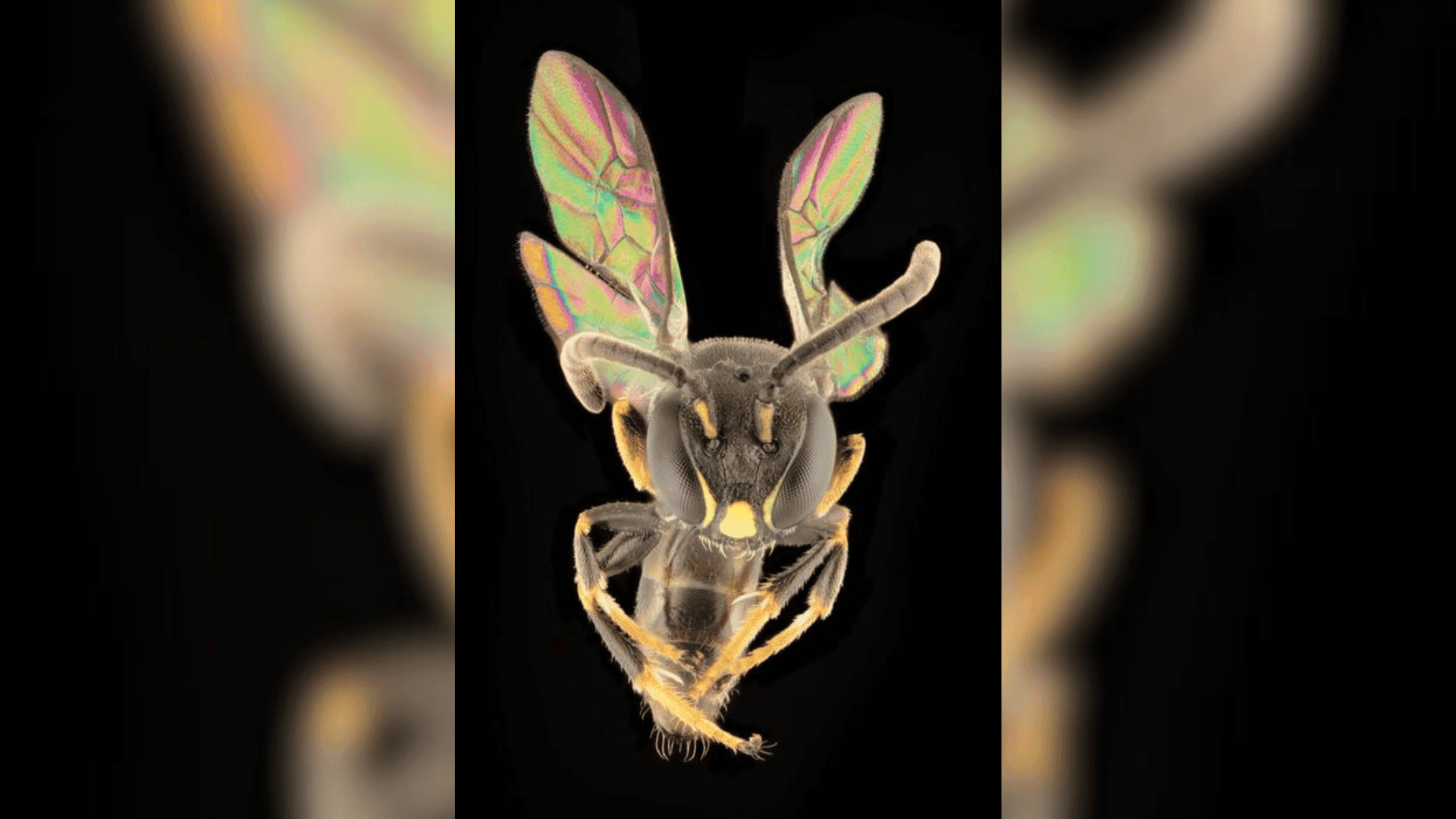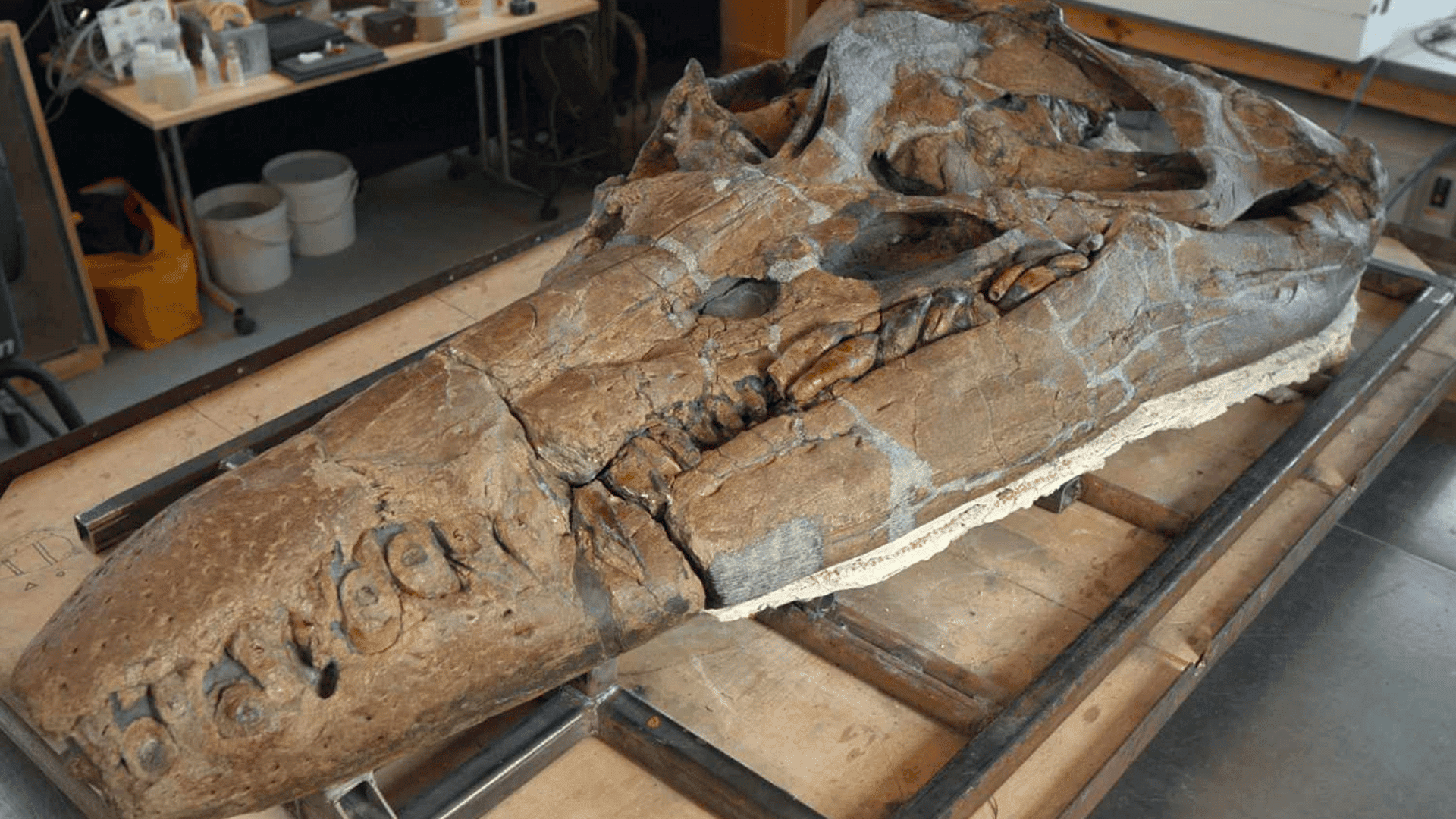The recent discovery of 8 new species of bees has helped solve a decades-long scientific mystery.

Entomologist Elwood Zimmerman discovered three rare kinds of small orange-brown bees on Tahetahe flowers in Polynesia’s Tuamotu Archipelago in 1934. Later, in 1965, bee expert Professor Charles Michener designated the specimens as a new species after studying them in a museum.
Hylaeus tuamotuensis, or Tuamotu’s masked bee, the creatures left scientists baffled for years. They couldn’t understand how the species was found in Polynesia as its closest known cousins were identified in Australia, New Guinea, and New Zealand – approximately 1,865 west of Tuamotu.
Researchers were unable to find out more as the 1934 discovered species were never seen again and believed to be extinct. This 59-year-old mystery has finally been solved by a team of researchers led by Dr. James Dorey.
“Here we show that, despite almost a decade of sampling for bees in Fiji, there is a whole group of species that flew right over our heads until now. By exploring new sampling techniques, we discovered an unknown species radiation of Hylaeus masked bees in the forest canopy,” said Dorey. “With these bees we can solve the mystery: the ancestors of H. tuamotuensis reached French Polynesia by island-hopping via Fiji and the southwest Pacific!”
Explore Tomorrow's World from your inbox
Get the latest science, technology, and sustainability content delivered to your inbox.
I understand that by providing my email address, I agree to receive emails from Tomorrow's World Today. I understand that I may opt out of receiving such communications at any time.
The team used innovative sampling techniques and journeyed into the forest canopy, where the bees had previously eluded discovery. Eight new Hylaeus species were uncovered in the Pacific using long nets that reached the trees.

According to the press release, the analysis of DNA barcoding and morphology indicates that these newly discovered species are relatives of Tuamotu’s masked bee. Among the recently identified species, six originate from the Fijian archipelago, and two more were found on Chuuk in the Federated States of Micronesia and Tahiti in French Polynesia – almost 280 miles southwest of Tuamotu.
Scientists have speculated that more Hylaeus species could be living between Fiji and French Polynesia, and are awaiting discovery.
“Because most masked bees nest in wood, it’s likely that they rafted between islands, especially when tropical cyclones wash masses of plant materials down rivers and out to sea. It is also possible that they were blown by high winds, but that would have been a much more perilous journey for our little bees,” said Dorey in the press release.







